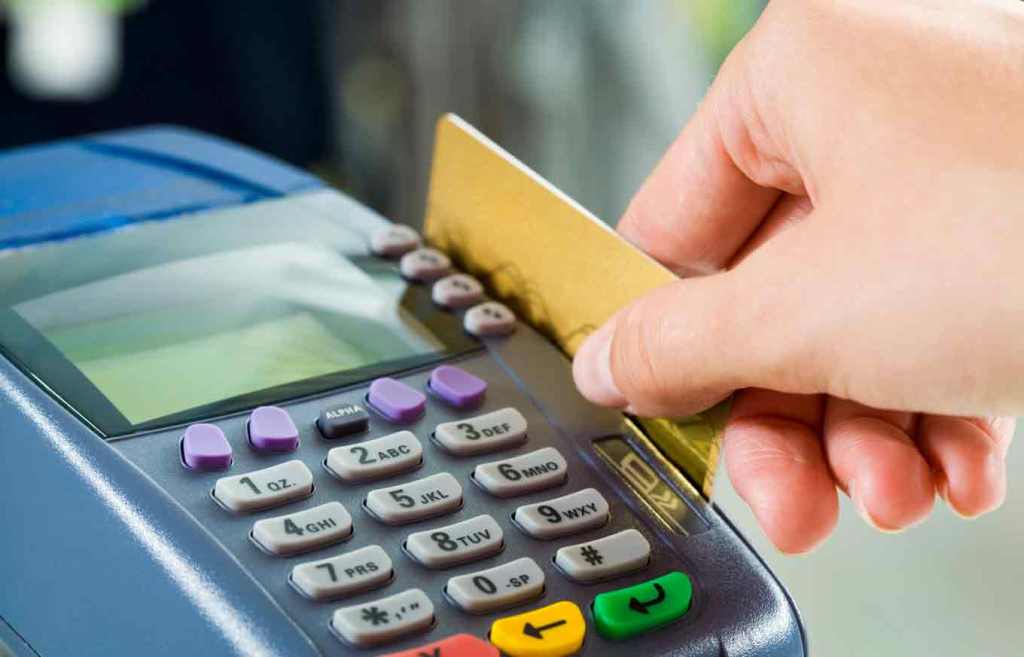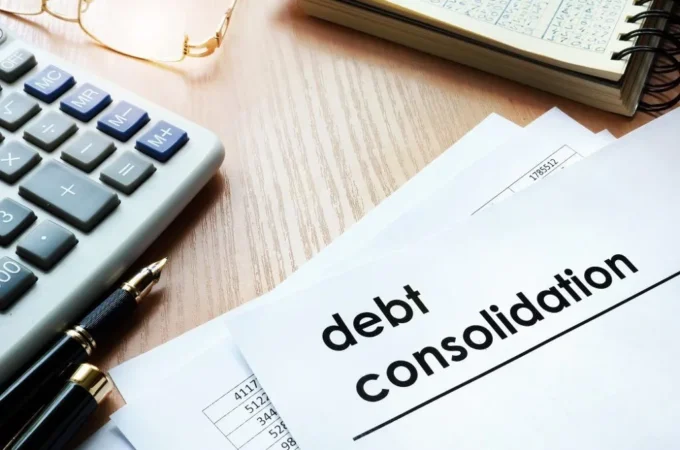
How Do Banks Make Money With Credit Cards?
Credit Cards have ushered in a new era of convenience by empowering us to no longer having to carry bundles of cash around. Besides being safer than carrying cash, Credit Cards also have various security protocols in place to safeguard you against fraudulent transactions or potential online threats of theft. Credit Cards also help you to gradually build your credit rating and increase your chances of approval for other credit products such as Personal Loans. With a good High Risk Pay merchant account solutions, you stand a better chance for low interest rate and high benefits Credit Cards.
Additionally, Credit Cards enable you to enjoy the benefit of interest-free days – thus letting you spread the cost of significant purchases. However, the best part of using Credit Cards undoubtedly has to be the ability to earn reward points when you spend. For instance, certain types of SBI Credit Cards allow you to earn reward points which can be redeemed on a variety of vouchers or products from their catalogue. Last but not least, Credit Cards can be a financial safety net especially in times of emergencies and can help bail you out when you find yourself stuck in unexpected circumstances.
As listed above, Credit Cards bestow a plethora of benefits upon the user. But how does the bank or Credit Card issuing company stand to gain from such benevolence on their part? Add to that zero annual fees applicable in the case of certain cards and you really begin to wonder if they are running a charitable business.
On the surface, here’s how a transaction looks like – a bank issues the Credit Card to the customer which is then used by the customer to purchase things on credit. The customer then clears the said invoice before the due date and in the event, there’s any delay, the bank will charge interest on the pending amount. While interest may seem like their only real source of income, there’s more to it than meets the eye.
The truth of the matter is: At the end of the day, even banks need money to function and churn out a profit without which, we wouldn’t have been able to enjoy the benefit of Credit Cards. So without further ado, let’s take a look at the various measures employed by a bank to make money with Credit Cards.
Interest on Balances

Banks primarily make money from interest earned from Credit Card accounts. If you have made certain purchases on your Credit Card and thereon are unable to repay the entire balance within the stipulated period, you will be charged interest fees to your account. In India, the interest rate ranges between 30 percent and 45 percent annually which is payable on an accrual basis. What this means is that for every day your outstanding amount remains unpaid, you will be liable to pay interest on it. Ensure that you don’t borrow more than you can afford and make it a point to pay your bills on time as these interest charges can prove to be hefty especially if the debt keeps on increasing.
Merchant Fees
After interest, merchant fees make up for the bulk of the revenue earned by Credit Card issuing companies. When a retailer accepts a Credit Card payment, the whole amount isn’t credited to the retailer as a percentage of the sale goes to the card’s issuing bank. This interchange income amount ranges between 2 to 3 percent per transaction though it varies from card to card and retailer to retailer. Although the percentage might sound insignificant, considering the sheer quantum of Credit Card transactions which go through in a day, the eventual amount a bank stands to make proves to be quite substantial.
Annual fees/ Joining Fees
While there are several Lifetime Free Credit Cards available out there, the reality is that Credit Cards that offer exciting rewards and benefits come clubbed with annual fees. Applying for such cards can more than cover up for the amount paid in the form of annual fees thanks to the valuable perks, rewards, and/or cash back they offer. Some Credit Cards also charge joining fees, but you need to figure out for yourself to see if the benefits outweigh the costs of these paying these fees.
Late payment fees
In the event you happen to be late on your Credit Card payment, there is late payment fee or penalty which is charged for delaying the payment. The late payment fee structure is dependent on the statement balance and typically ranges between Rs. 100 to Rs. 1000 in most cases.

Other Fees
There are other fees in the form of cash advance (withdrawal) fee, balance transfer fee, foreign transactions fee and activation fees.
Foreign Transaction Fee– If you’re travelling abroad, you will be charged a foreign transaction fee every time you swipe your card at international merchants. In most cases, for international transactions, you will be charged up to 3.5 percent of the transaction value. In some cases, certain banks even charge for any online purchases made with a foreign merchant.

Cash advance fees– For whatever reasons, you feel the need to withdraw cash from your Credit Card, you will be charged a “cash advance fee.”
Cash advance fees typically offer you zero grace period on interest and charge you an additional fee over and above interest. These fees can range from a minimum of 2.5 – 3 percent or Rs. 300 whichever is higher. Similarly, if you’re abroad and feel the need to withdraw cash from an ATM, you will be charged a fee which is higher than the one levied on domestic transactions. Unless there is an emergency, make sure to avoid such a scenario by carrying enough cash.
Activation fees – Although a nominal fee in the range of Rs. 50 to Rs. 100, activation fees or reward redemption fees are charged whenever you are redeeming your points to avail gift vouchers.
Balance transfer fees– A Balance Transfer can be described as a transfer of an overdue amount from one Credit Card to another. Most banks either charge a flat fee (between Rs 199 to 350) or a percentage of any Balance Transfer that you process (1-2 %)
Miscellaneous fees– Other miscellaneous fees include fees for going over the limited (approximately 2.5 percent, fees for card reissue (if lost or stolen), cash processing fee for every Credit Card repayment made in cash at its ATM or branches, and payment return charges which is charged by the bank if you pay your bill with a check that bounces.
The Bottom Line
As you can see, there’s more than one way for banks to make money from Credit Cards. While interest payments and merchant fees make the bulk of their revenues, there are other fees which help them further consolidate their overall earnings. As a customer, the key is to keep an eye out for the various fees and always stay vigilant if you’re looking to avoid them. This way, you can save yourself some cash while also avoiding some common pitfalls associated with Credit Card usage.




